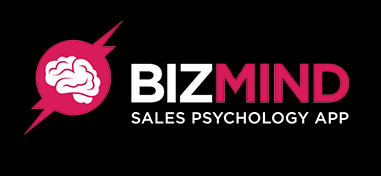
The subscription economy, a term coined by Zuora, describes the fast rising, relatively new business model and companies that a huge part of the western world is familiar with the model through Netflix, and other on-demand streaming services. The subscription-based models allow for users to either, pay-as-they-go, pay per subscription monthly, or via a long-term contract depending on the strategy applied by a subscription economy company the overall point is an increase in flexibility.
A rise in preference for temporary ownership vs. permanent ownership can be seen across the board, Rent the Runway is an example of a great success in the evening wear department doing away with large scale permanent investments and opting for an online rental model. SaaS companies and software vendors are an obvious example of a sector taking full advantage of the subscription based models, this includes Office 360, or Adobe Photoshop whom started out in a more traditional permanent ownership state. The customer-seller relationship shifts from one off to monetizing long-term relationships over shipments, this puts a stronger emphasis on continued growth and betterment, and that is a great thing for the consumer.
The key details to focus on are, you need to know how many people you can speak to, how many customers you can keep, and how much revenue you can generate per customer. Moveover you need to know all of this in detail, and in real time.
The life and well-being of a company is now defined by consistent, positive interactions with each and every customer.
As always companies are looking for leverage in today and tomorrow’s subscription economy this starts with tracking subscriber IDs and formatting your data around them. You need to define each user’s value, upsell opportunities, and in some cases downsell as not to lose them completely.
Do not forget to focus on user experience! Improve over time, stay fluid, continue making your visitor experience more easy, and user-friendly remember outcomes not asset management.
Gartner estimates have the subscription model growing to 80% of all software providers having shifted by 2020, and the IDC predicted that by the end of last year 65% of the world’s largest enterprises would have committed to becoming information-based companies. So many of us are shifting from product sales to on-going services. Titles like Customer Success Manager are becoming the norm:
https://www.wired.com/2015/05/real-job-customer-success-management/
Selling on-going services online will require a shift in the way online stores have worked, billing is now recurring, and a purchase is only the beginning of your customer journey. Expanding on this idea is the shift in need of a large “sales team”, salespeople need to be come customer care providers and coaches.
This is why we at Pilvi focus on making the initial sale an automated process, we believe that real value is provided after the order is sent. Help buyers get the most out of your platform by showing them how, that is how you convert shoppers to loyalists.
As always we’d love to speak more on how we can help you get into position to make buyers loyal subscribers and long-term relationships. If you disagree with the above, we’d love to hear why and what on as well!
Get in touch with us and let’s start building our relationship, let’s make you and me an us.
Yours,
Pilvi Cloud Company




